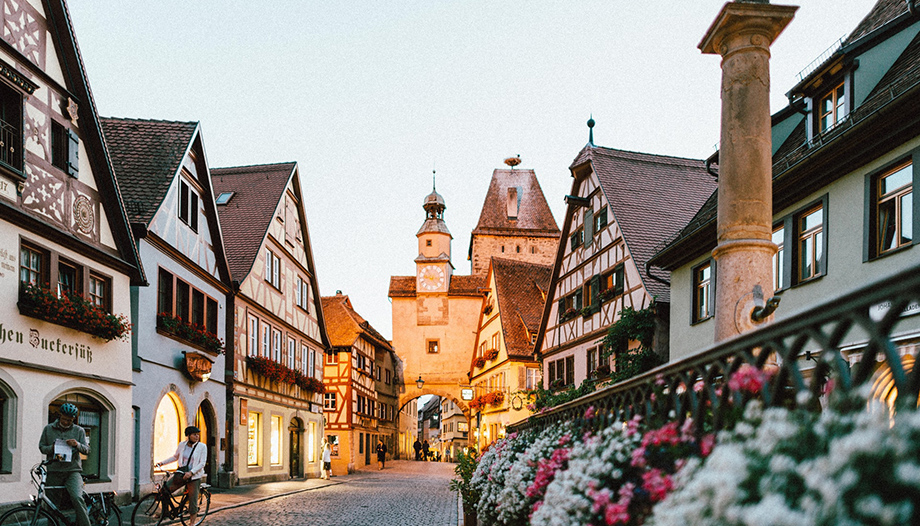The first known pilgrimage to Santiago de Compostela from a German territory comes from the second half of the 11th century: according to a documentary source, Count Eberhard VI of Nellenburg - north of Lake Constance - made a pilgrimage to Santiago with his wife Ita in 1070, after his second pilgrimage to Rome. On his return from Santiago, Eberhard VI "the Blessed" entered the monastery of All Saints, which he himself had founded, as a lay brother, while Ita retired with a group of pious women to Schaffhausen.
During the Middle Ages, Central European pilgrims used commercial and military roads to reach the Spanish-French border, particularly the "Via Regia" (Royal Road), whose origins date back to the 8th and 9th centuries and which crossed the entire Holy Roman-Germanic Empire. With the Protestant Reformation, pilgrimages declined, especially in northern Germany.
After the revitalization of the Way of St. James from the 1980s onwards, in Germany, too, various paths began to be marked - currently there are about 30 in total - with the particularity that it was precisely a Protestant pastor, Paul Geissendörfer, who in 1992 marked a St. James' Way that went from Nuremberg to Rothenburg ob der Tauber, and which would be the nucleus of the "Franconian Way of St. James" (1995). The last to be added in 2005 were the "Pilgrims' Roads of St. James in Northern Germany", with two branches, the Via Baltica and the Via Jutlandica, which is the result of a German-Danish cooperation.
The autobiographical story by the well-known comedian Hape (Hans-Peter) Kerkeling, published in 2006, called Ich bin dann mal weg - Meine Reise auf dem Jakobsweg (I'm leaving: my journey on the Camino de Santiago), contributed greatly to the dissemination of the Camino de Santiago in Germany; with a circulation of more than seven million copies, it topped the most prestigious German bestseller list, that of the weekly Der Spiegel, for 103 weeks (from 2006 to 2008); in addition, a film version was made in 2015. Kerkeling sets out to delve into the search for the meaning of life, but to do so he avoids the "classic" Christian pilgrims ("They will end the journey the same as they began") and seeks out the "rare and exotic". The success of this book shows that most Germans do not walk the Camino motivated by a traditional pilgrimage. Yet it contributed to a 74 percent increase in the number of Germans walking the Camino in 2007.
On the other hand, the immense popularity enjoyed by the Camino, regardless of religious denomination, is reflected in its spread precisely in traditionally Protestant regions; thus, for example, in 2011 the St. James Society of Brandenburg-Oder Region was founded, which deals - according to its own website - with "the interests of the pilgrims and pilgrims to Santiago in Berlin, Brandenburg and neighboring regions". And it adds: "the diverse composition of its members reflects what was the occasion for its foundation and the aims of the association: the interest and joy of walking the roads to Santiago de Compostela". Like other regional associations, they specifically seek to signpost the routes, place information panels and connect them with the European network of the Camino "to contribute to European cooperation and international understanding".











